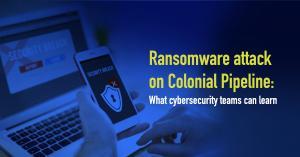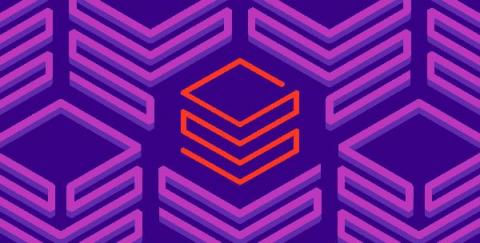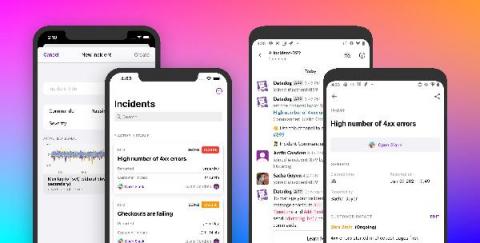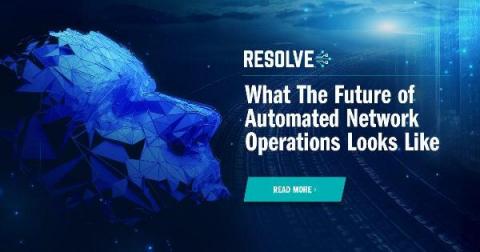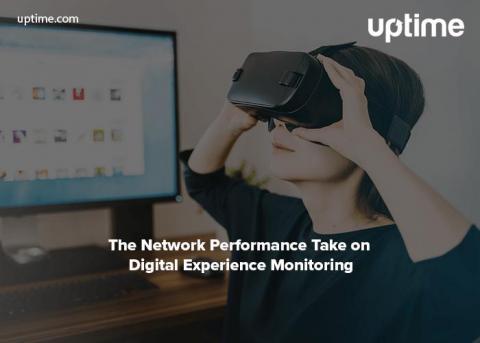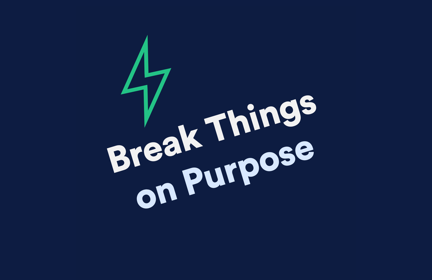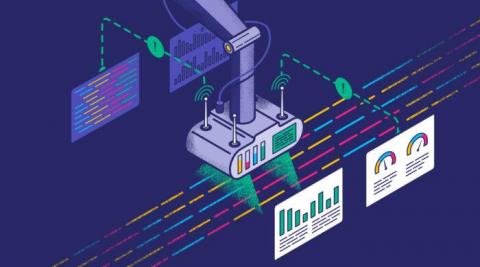Splunk SOAR Playbooks: GCP Unusual Service Account Usage
As organizations increase their cloud footprints, it becomes more and more important to implement access control monitoring for as many resources as possible. In previous playbooks, we have shown examples of AWS and Azure account monitoring, but the series would not be complete without also supporting Google Cloud Platform (GCP).





